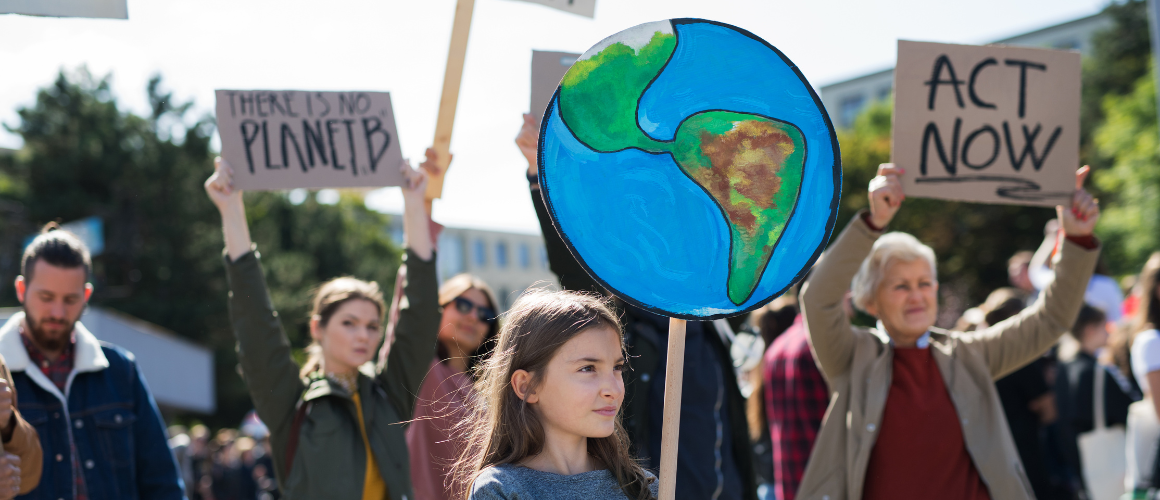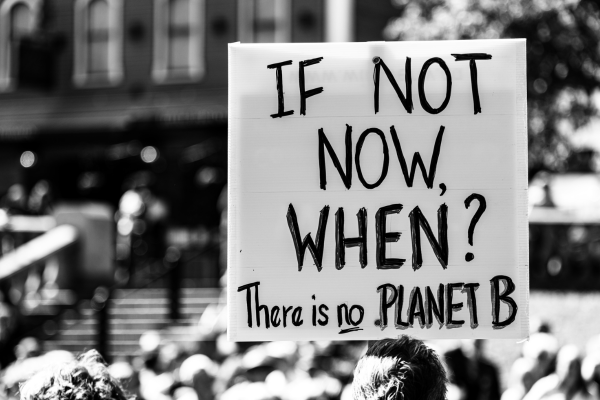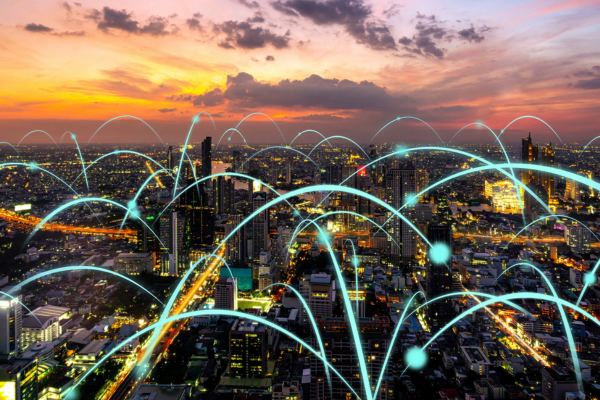
Climate Challenges & City Solutions
When we gaze at the skylines of our cities or stroll down our local streets, it's easy to get lost in the present moment, appreciating the hustle and bustle of the quiet corners. But have you ever paused to ponder what these urban landscapes will look like in a few decades, especially with the looming specter of climate change? It's not just about rising temperatures; it's about how our cities will cope with increased storms, floods, or even droughts. It might sound daunting, but here's the silver lining: urban planners are already ahead of the game. They envision and adapt our cities, combining innovative ideas with age-old wisdom, ensuring that our urban spaces remain vibrant and resilient in the face of change.
In this article, we'll journey through the transformative world of urban planning in the age of climate change. Together, we'll explore the challenges, solutions, and the hopeful future that awaits. Ready? Let's embark on this enlightening voyage.
The Climate Challenge: Understanding the Threat
Our cities are like living, breathing beings. They grow, they evolve, and they face challenges. One of the biggest challenges staring them in the face is climate change. It's natural and affecting us in ways we might not even realize.
Imagine living in a coastal city. The beaches and the waves are part of your everyday life. But now, those waves are coming closer to your home because of rising sea levels. The ground you've always known is being eaten away by the water.
But it's not just the coastal cities feeling the heat. If you're living inland, you might have felt those summer days getting hotter and those winter nights getting colder. Rain might not come when farmers expect it, leading to water shortages. And when it does rain, sometimes it's too much, causing floods.
And then there are the hidden problems. Clean water might become scarce. The air might not be as fresh to breathe. And getting fresh produce might become a luxury.
It's a domino effect, and everything is connected. When one piece falls, it might knock down the next. That's why understanding the climate challenge is the first step in facing it. We've got to know what we're up against to find ways to adapt and thrive.
Historical Context
Let's take a quick step back in time. When we think about our cities, it's like looking at layers of history. Each street and building tells a story of a time when planners made decisions based on the needs and knowledge of their era.
In the good old days, city planning was more about the basics. Where should the town square be? How do we keep homes safe from fires? As times changed, so did our cities. They grew, welcoming more folks and facing new challenges. Things like cars and highways became prominent, and planners had to adapt.
But here's the twist: our past isn't just about what we built; it's also about what we knew. Back then, most folks hadn't even heard of climate change. Cities were designed without today's worries of rising sea levels or extreme heat.
Fast forward to now, and it's a whole different ball game. We've got more knowledge and, well, more problems. But with lessons from the past, we're better equipped. We know we've got to think ahead, prepare for the unexpected, and build cities that aren't just bigger but smarter and kinder to our planet.
So, as we dive deeper, remember that our journey through urban planning is like reading pages from a history book. Each chapter has its lessons, and we must learn and adapt for the future. Cool, right? Let's keep going!

The Pioneers of Change: Urban Planners
Cities are like puzzles. And the people putting those puzzles together? Urban planners. These folks are behind the scenes, figuring out where parks, roads, and buildings should go. As our world shifts and changes, they're stepping up to make our cities fit for the future.
Think about all the things a city needs. Parks to relax in. Roads to drive on. Shops to visit. But what happens when there's a big storm, too many cars, or not enough homes? That's where urban planners come in. They make sure our cities work, no matter what.
For instance, they're now using nature to help. They use wetlands and green spaces instead of just building walls against floods. These spots not only look great but can soak up extra water.
And remember when everyone loved driving everywhere? Well, times are changing. More people want to walk or cycle. So, urban planners are creating cities where you only sometimes need a car. They're making streets safer for everyone, whether you're on foot, on a bike, or a bus.
Then there's technology. It's changing everything. Even our cities. Planners use data to figure out things like where to put streetlights or when to pick up trash. It's all about making city life better.
But the most significant thing? Everyone should feel welcome in a city. It doesn't matter who you are or where you're from. Urban planners are working hard to create places where everyone belongs.
In short, urban planners are shaping our future. They're making sure our cities are ready for whatever comes next. And for that, they're the true pioneers of change.
Harnessing Technology: Smart Cities
Have you ever thought about how cities might look in the future? It might sound like something out of a sci-fi movie, but the end is closer than we think. Thanks to technology, our cities are getting smarter.
So, what's a smart city? Imagine a place where everything connects and talks to each other. Streetlights that dim when no one's around. Traffic lights change based on how busy the roads are. Even trash cans that tell city workers when they're full and need emptying. That's a smart city for you.
With the help of technology, city life becomes more accessible. Think of it like your smartphone but for an entire city. Instead of downloading apps, the city uses sensors and data. This helps solve problems before they start, like predicting where traffic will be wrong and suggesting better routes.
But it's about more than just making things convenient. Smart cities are also about being kind to our planet. We reduce waste and pollution by using energy only when needed or making transportation more efficient.
The best part? Everyone can benefit. Whether you're a parent trying to find a safe park for your kids, a commuter rushing to work, or a senior needing easy transportation options, intelligent cities are there to help.
By blending technology with city life, we're creating smarter, friendlier, and more efficient places. And that's a future worth looking forward to.
A Holistic Vision: Prioritizing Equity
Ever walk into a room and feel out of place? Now imagine feeling that way in your own city. It's tough. Everyone should feel at home where they live. That's why city planners are now focusing on something crucial: equity.
Equity is about fairness. It's making sure everyone has a shot, no matter their background. In cities, this means creating spaces that everyone can use and enjoy. No one was left behind.
For instance, consider public parks. Everyone loves them, but are they reachable for everyone? Are there safe sidewalks for parents with strollers? Ramps for people in wheelchairs? Planners are working to ensure the answer is "yes."
Transportation is another big one. Not everyone has a car, but everyone needs to get around. So, cities are looking at buses, trains, and bike lanes. They're ensuring routes connect places people need to go, like schools or hospitals.
And then there's housing. Everyone needs a place to call home. Planners are working on making housing affordable and close to jobs. So people don't have to spend hours commuting or worry about rent.
In short, the goal is to make cities work for everyone. It's not just about buildings and roads. It's about the people who live there. By prioritizing equity, we're crafting cities where everyone feels welcome and valued. And that's a vision worth striving for.
Looking Ahead: The Cities of Tomorrow
Imagine opening your eyes and seeing the city of the future. What do you picture? Skyscrapers touching the clouds? Cars flying around? Well, the real cities of tomorrow might surprise you.
First off, tomorrow's cities will be green. And not just with parks. Think rooftops covered with plants. Streets shaded by trees. Maybe even buildings made to capture rainwater.
Next up, tech. The cities of the future will be smart, just like our phones. Streetlights will save energy by glowing only when needed. Roads will talk to cars, helping avoid traffic jams. And buses and trains? They'll run so smoothly that you might even skip that morning coffee.
But here's the big one: people. The cities of tomorrow will be all about community with open spaces to gather and neighborhoods where you know your neighbors. It's about making sure everyone, young and old, feels at home.
There'll be challenges, sure. But by planning and thinking of everyone, we're on track to create cities that aren't just big, busy, kind, and connected.
So, the next time you dream about the future, picture a cool and caring city. That's the actual city of tomorrow. And it's closer than we think.
Get ahead in AEC. Let BidLight be your secret weapon ➡️ www.bidlight.com

